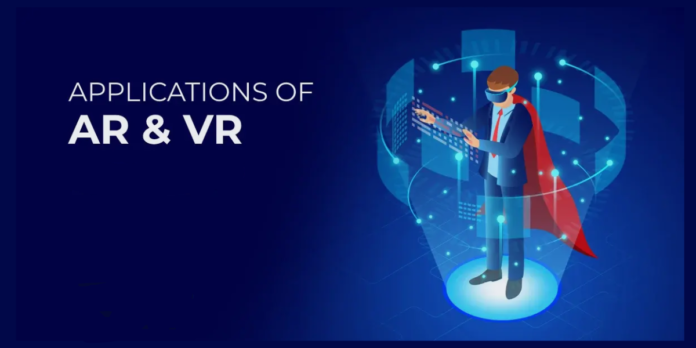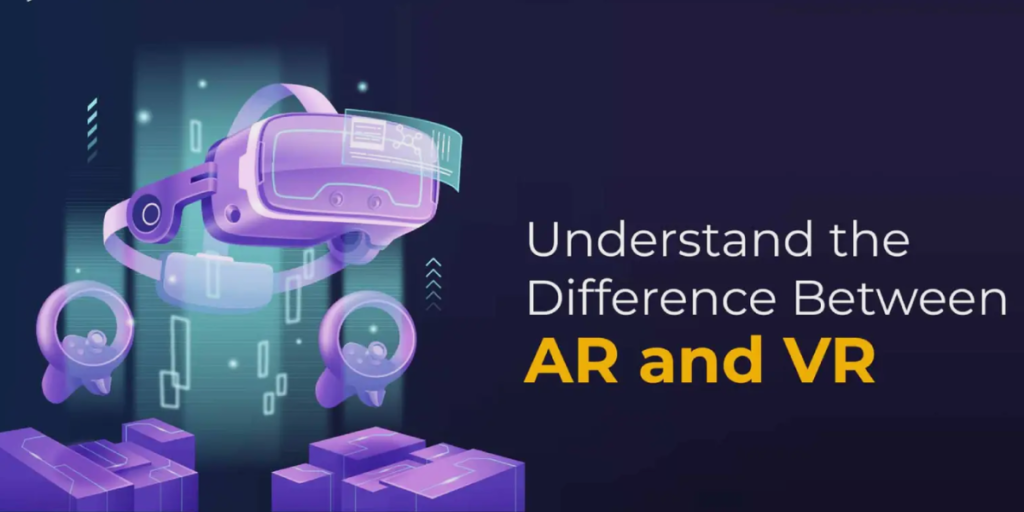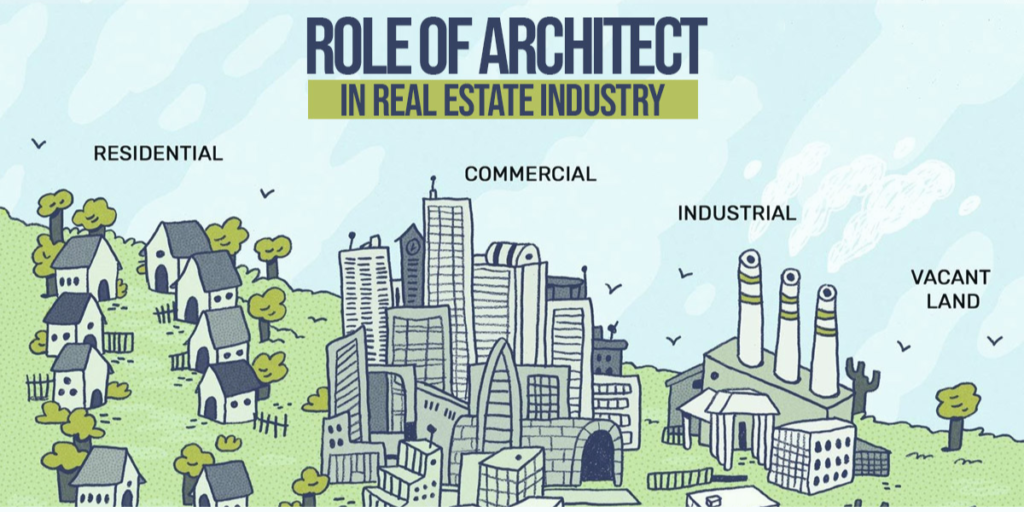Virtual Reality (VR) and Augmented Reality (AR) have evolved from sci-fi dreams to integral components of modern technology. Both VR and AR offer unique ways to interact with digital content, but their applications extend far beyond gaming and entertainment. This article explores the diverse and transformative applications of VR and AR across various industries and aspects of daily life.
Understanding VR and AR
Before delving into their applications, it is crucial to distinguish between VR and AR. Virtual Reality creates an entirely immersive digital environment, usually experienced through a headset that blocks out the physical world. In contrast, Augmented Reality overlays digital information onto the real world, often through smartphones, tablets, or AR glasses. Each technology has distinct advantages, leading to different but sometimes overlapping use cases.
Healthcare
One of the most impactful applications of VR and AR is in healthcare. VR is being used for pain management, where patients can escape into calming virtual environments during painful procedures or recovery. It has also shown promise in psychological therapy, particularly in treating PTSD and phobias, by providing controlled environments where patients can confront and manage their fears safely.
AR, on the other hand, is revolutionizing medical training and surgery. Medical students can use AR to visualize complex anatomical structures and simulate surgeries, enhancing their learning experience. Surgeons can overlay crucial data and 3D models onto their field of view during operations, improving precision and outcomes.
Education and Training
Both VR and AR are transforming education and professional training. VR offers immersive learning experiences, such as virtual field trips to historical sites or simulated science experiments, making education more engaging and accessible. It allows students to experience environments and situations that would be impossible or impractical to recreate in the real world.
In professional training, VR is being used to simulate high-risk scenarios in industries like aviation, military, and emergency response. Trainees can practice their skills in a safe, controlled environment, reducing the risk of accidents and improving preparedness.
AR enhances classroom learning by bringing textbooks to life. Students can interact with 3D models of molecules, historical artifacts, or even celestial bodies. AR also aids in vocational training, where trainees can see overlaid instructions and diagrams directly on physical equipment, facilitating hands-on learning.
Retail and E-commerce
The retail sector is leveraging VR and AR to enhance the shopping experience. VR allows customers to explore virtual stores and try products before buying. This is particularly useful for real estate, where potential buyers can take virtual tours of properties anywhere.
AR transforms online shopping by allowing customers to visualize products in their real environment. For instance, furniture retailers like IKEA use AR apps to let customers see how a piece of furniture would look and fit in their home. Similarly, fashion retailers use AR to offer virtual fitting rooms, enabling customers to see how clothes or accessories would look on them.
Entertainment and Gaming
While gaming was one of the first industries to adopt VR and AR, their applications in entertainment continue to expand. VR offers unparalleled immersive gaming experiences, where players can fully enter digital worlds and interact with them in novel ways. Beyond gaming, VR is being used for immersive movies and virtual concerts, offering new forms of entertainment.
AR gaming, popularized by games like Pokémon GO, blends digital elements with the physical world, creating engaging and interactive experiences. This has expanded into live events, where AR can enhance sports broadcasts or concerts by overlaying additional content, statistics, or visual effects.
Real Estate and Architecture
In real estate and architecture, VR and AR are invaluable tools for visualization and design. Architects and developers can create virtual models of buildings, allowing clients to explore and experience designs before construction begins. This can help identify design flaws, improve client satisfaction, and speed up the approval process.
AR can overlay building plans onto the physical site, assisting in construction and renovation projects. It allows builders to see exactly where elements should be placed, reducing errors and enhancing efficiency.
Manufacturing and Maintenance
In manufacturing, VR and AR improve both production and maintenance processes. VR can simulate production lines, helping to optimize workflows and train workers without disrupting actual operations. AR assists maintenance workers by overlaying step-by-step instructions and diagrams onto machinery, reducing downtime and errors.
Tourism and Travel
The tourism industry is adopting VR and AR to enhance travel experiences and marketing. VR offers virtual tours of destinations, helping travelers make informed decisions and plan their trips. It can also provide immersive previews of hotels, attractions, and activities.
AR enhances the travel experience by providing real-time information and navigation assistance. Tourists can use AR apps to learn about historical landmarks, find nearby attractions, and navigate unfamiliar cities.
Conclusion:
The applications of VR and AR are vast and continually expanding, touching almost every aspect of modern life. From healthcare and education to retail, entertainment, real estate, manufacturing, and tourism, these technologies are transforming how we interact with digital and physical worlds. As VR and AR continue to advance, their potential to innovate and enhance various industries is boundless, promising a future where digital and physical realities seamlessly blend to improve our everyday experiences.





